An Interview with Sarah Cook from BBC Good Food Magazine and Top Tips for Food Styling
Yesterday, I wrote about the Food Styling course I took at Leiths School of Food and Wine with Sarah Cook from BBC Good Food Magazine. There were lots of lovely comments (thank you!) including a link to another lovely student’s Blueberry and Vanilla Cake, which is very much worth checking out.
Following the course, I was able to have a chat with Sarah about her journey into Food Styling, as well as picking out some of the ‘top tips’ I gleaned from the course for budding food bloggers wanting to improve their skills.
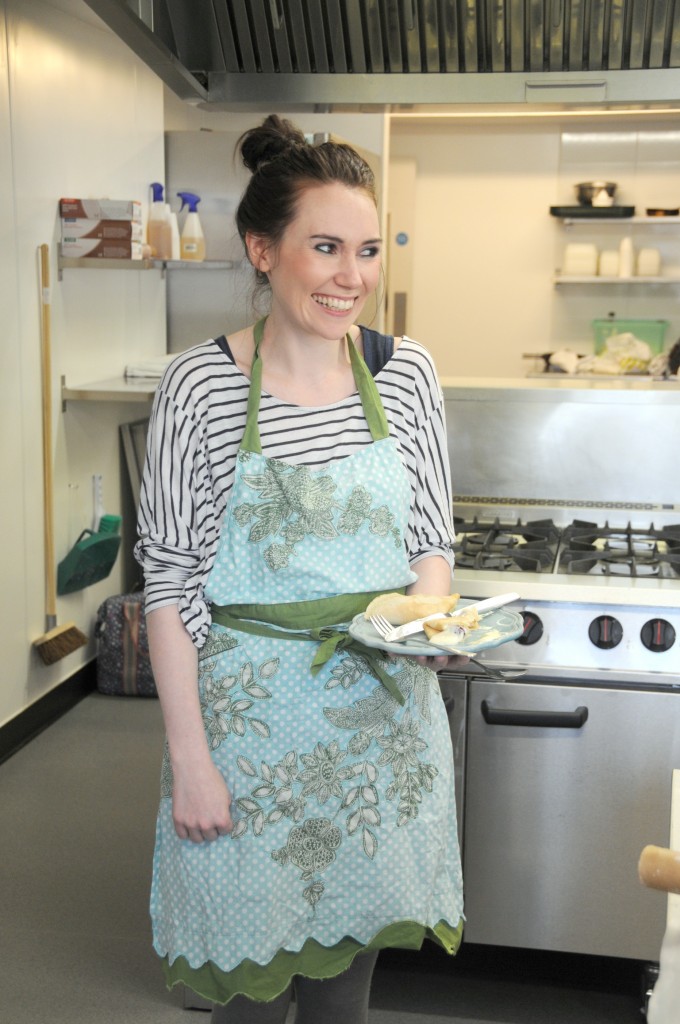
There are lots of routes into Food Styling, but Sarah styled her first recipe about five years ago, jumping right in at the deep end after taking a Professional Food Diploma at Leiths School of Food and Wine.
“I won a six-month internship at Good Food Magazine after taking a course at Leiths, so now that I am teaching there I have come full circle! I think the best and easiest way to start is by styling your own recipes because you have a very clear vision of how you want them to look when you write them. It’s also a great way to build confidence before you begin styling anyone’s and everything!”
As to the qualifications and skills required of a Food Stylist, Sarah is Leiths qualified. Having said that, not everyone has a chef’s background, but it is helpful:
“If a recipe suddenly fails on a shoot I hopefully have the skills and know-how to put it right… Say the loaf cake has a sunken middle? Probably too much raising agent. If you’re a really competent home cook, then at the least I’d probably suggest a short baking course, because that’s generally the more sciency bit to put things right! And a good eye, an artistic flair – it’s the perfect job if you’re creative and you’re a foodie, you get to combine both bits! I would say that the key attributes for a Food Stylist are to be a good cook and baker, organised, a team player, artistic, versatile and calm!”
Although Food Styling and editing sound like the ultimate fun job, Sarah finds that there are challenges:
“Working mainly editorially (for a magazine) the hardest parts are shopping and shooting out of season. I spent this week arranging cakes for a Jubilee street party feature on a freezing, rainy day! By August I’ll be steaming puddings, with all the ovens raging, and trying to find nice looking Brussels Sprouts when most people are eating berries and barbecuing their dinner!”
There are, however, plenty of perks and highlights of being a Food Stylist:
“I’m biased because I think I pretty much have the best job in the world. Every day I get to be creative with food, try great recipes, explore great shops and work with lots of different, but equally passionate people. It is hard work, the days are long and you’re on your feet from 9am till 6pm, but it’s definitely worth it.”
I was also keen to ask Sarah about her ‘rise to the top’ at BBC Good Food Magazine and how her role differs now that she is also Deputy Food Editor:
“Now I’m working for one magazine, I spend more of my time planning what I want to put in each issue, writing recipes, editing other people’s recipes and briefing and organising shoots. The cover is my baby too, which is probably the most important food picture in each issue, so that’s an exciting (and nerve-wracking!) job each month. As we’re monthly, our working months are quite cyclic too…2-3 weeks of frantic writing and testing, then 2-3 weeks of shooting features.”
The big question – is Sarah beginning to see more food bloggers interested in a career in Food Styling?
“Lots more! Most bloggers I know are happy doing what they’re doing but looking for tips to step-up their skills. For those who are looking to become a food stylist, I would say try to assist as many different stylists as you can – I’m still picking up new things when I work with someone different for the first time. Offer yourself for free and always remember to take a pinny!”
Top Tips for Food Stying
Keep an eye out for food trends and develop a more critical eye. For example, look at some of the different styles within magazine, websites and other blogs – Donna Hay always styles her food in a very bright, fresh and simple way with blue or white backgrounds and simple crockery. Other styles include shabby chic, using vintage kitchenalia, or old-fashioned props. Some shots are taken against a darker background and are more intense. Other shots are minimalist, for example, shot against white wood with only white plates. Summer features are more outdoorsy, depicting a desire perhaps for healthy eating, natural and organic produce
Start a Food Stylists tool-kit including knives, spatulas, palette knives, brushes, measuring spoons, piping bags/nozzles, small scales, timers, tongs and thermometers, rolling pins, sieves, skewers, straws, funnels, blow torch etc.
Don’t use the same plate for every photo you take, pick up mis-matched crockery from charity shops and vintage fairs.
Keep a list of where to buy out-of-season produce and more unusual items, such as micro herbs, banana leaves, courgette flowers…
Try and assist on a food shoot to pick up practical and first-hand styling tips.
Thank you Sarah for the extra interview and words of wisdom!

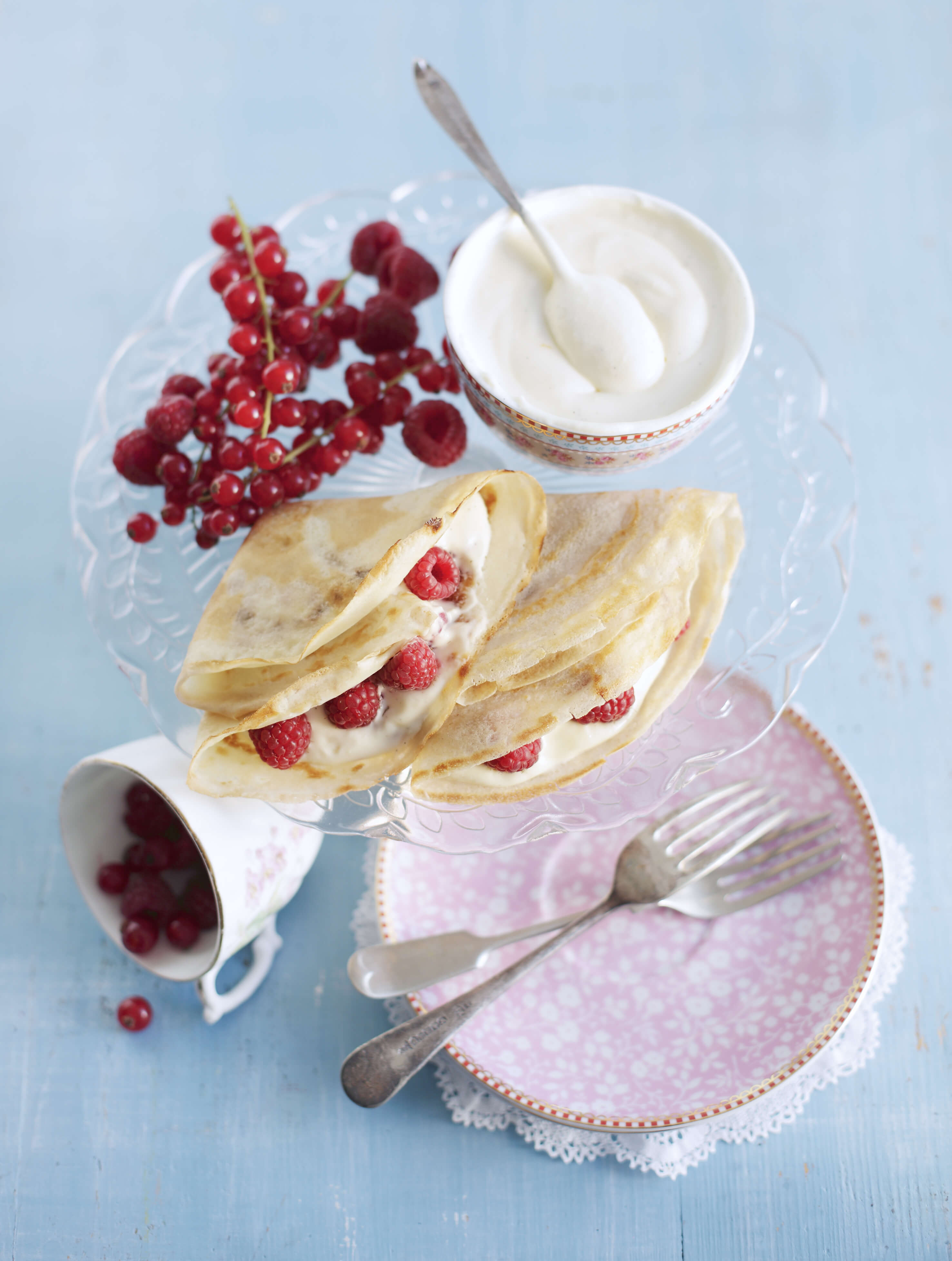
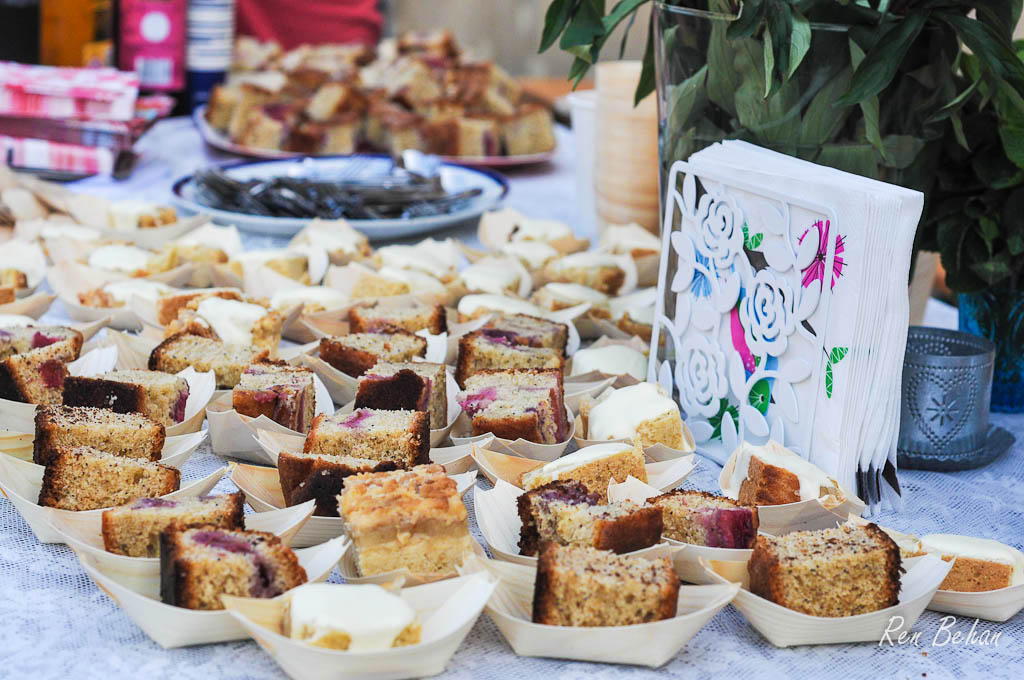
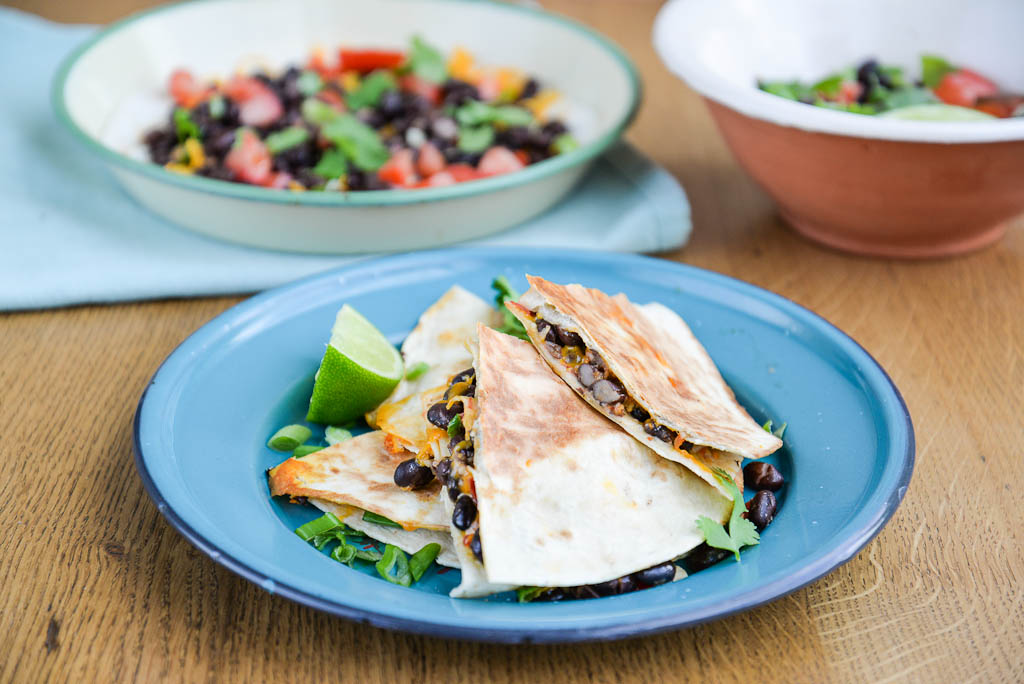
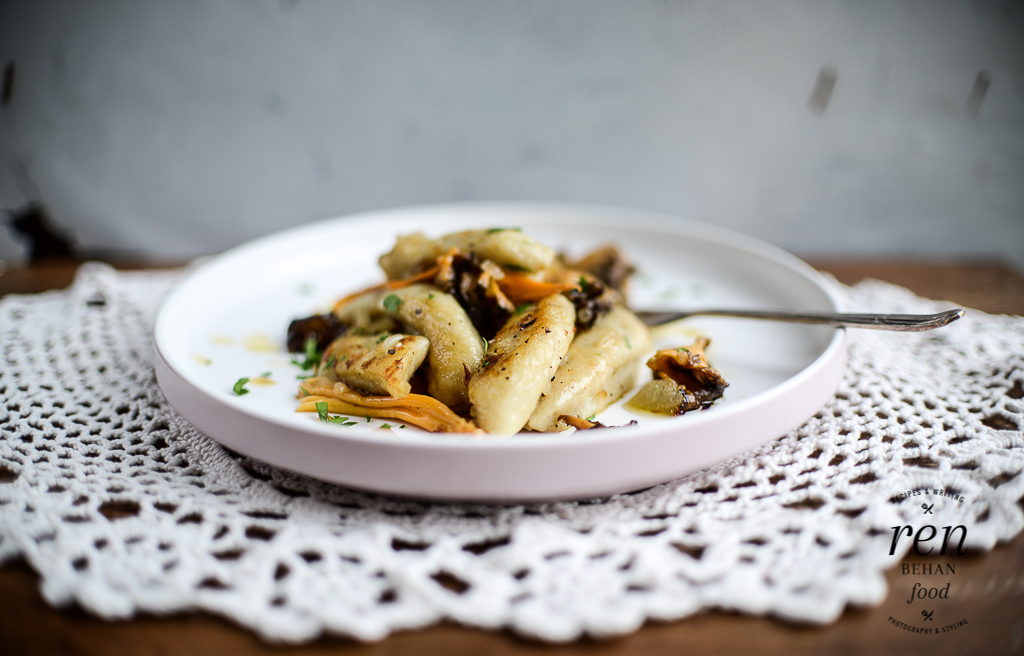
keep, up the good work, looking forward to reading your new material.http://www.kitsucesso.com
Aah thanks Kellie for such a lovely comment. Yes, I love Heidi Swanson and there is something very enticing about Pioneer Woman’s food too. I like the fact that blog food is real, we are not professionals with a big team around us. But it’s fun to learn how it is done and pick up some tips. I know what you mean about teathering – and I must learn how to use my camera settings properly too!
Thanks so much for sharing your food styling conversation with us. Although I have a full-time job and don’t think I could make the time to do all that needs done for a proper shoot (and I would break my leg if I attempted tethering!) it is great just to have those few tips in the back of my mind. I am grateful that we food bloggers can work with seasonal ingredients, which certainly seems to be the only downside I can see to going into food styling. Love Donna Hays styling as well as Heidi Swanson’s- very different, but both beautiful and inspiring. You’re pretty fab yourself, Ren.
What a great interview Ren – really interesting how Sarah has shot to success relatively quickly. There’s some really useful advice in there too. Thanks for sharing 🙂
Thanks Katie, so lovely to see you last night. I know, five years hardly seems like anything at all. Hard work and consistency is key I think. Sarah has amazing knowledge yet is very down-to-earth and explains things so well and I guess this comes across in her food and is what makes people want to cook it.
Great post. Thank you. I would LOVE to learn more about food styling. I really enjoy taking pictures of my food but I know I could do so much more if I had a few extra skills. Maybe I should put this course on my Christmas and birthday list. Sarah has such a fantastic job. I just wish I realised that making, photographing and writing about food was what I really wanted to do earlier!
Thanks Fleur! I know, although I think I would be a better Props Stylist – I would just like to turn up with all the fancy cutlery and vintage cups and saucers! I think blogging develops so many of these skills too, not just courses – although, of course, this was hugely enjoyable!
Thanks Ren, I’m going to read yesterday’s post now. I know my styling and photography skills leave a lot to be desired, but I also know it’s something I ought to work on – sigh!
Hi Choclette! Your photos are lovely. I understand why magazines have certain styles but I guess blogs would soon get boring if everyone had over-styled images – as real as food styling is – blog food is even more real and non of us are professionals. It also starts to look obvious when food is over-styled! I think the best tip I picked up was how does the food look inside? So, I’m going to always remember to cut slices out of my cakes or chop fishcakes in half, for instance.
That was an interesting read Ren and it reminds me to try more variety in my photos. Thanks 🙂
Thanks Jac, the easiest thing to do is just to start collecting cut-outs of photos you like and try different things.
Great tips, thanks Ren and Sarah.
I would love to do the course, but just can’t justify the new £450 price tag… maybe next year…
Thanks Kavey. Lovely to see you too. I agree, I don’t think I would have been able to afford the course at the revised price, but I’m glad I got to do it.
I am so jealous that you did the course Ren!
I must work harder on it, and also am going to start shooting teathered so I can see what neds correcting immediately.
Great to see you last night, Helen. I agree, shooting teathered is a good way forward, that’s how a lot of the professional photograhers shoot – just need to be organised enough to set up the space and the kit!